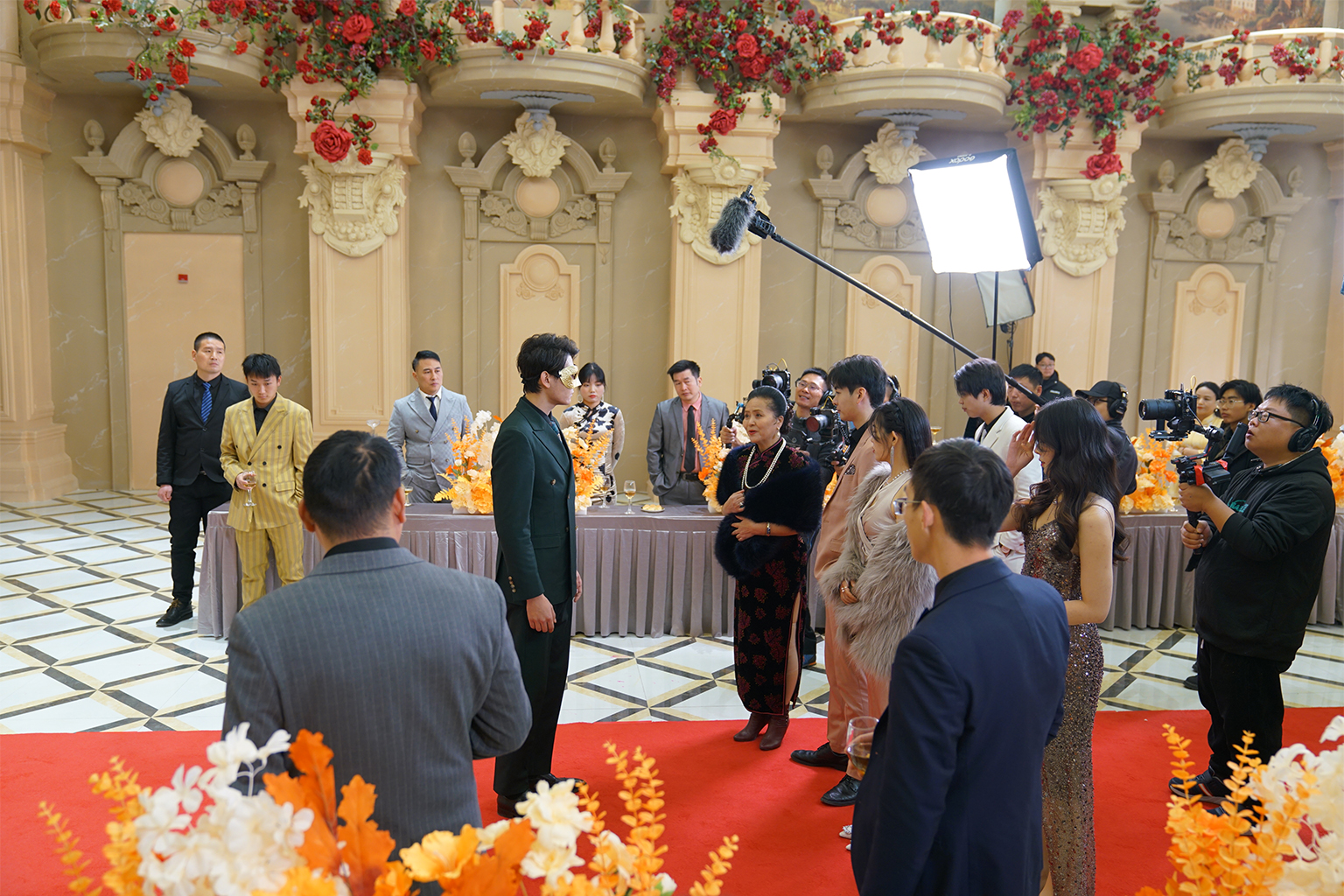 China’s Booming Mini-Drama Market to Top USD6.9 Billion This Year
China’s Booming Mini-Drama Market to Top USD6.9 Billion This Year(Yicai) Dec. 30 -- Mini-dramas have become a creative hotspot in China’s film and television industry, with the market for these bite-sized videos likely to have grown 35 percent this year to more than CNY50.4 billion (USD6.9 billion).
Viewers of these multi-episode soap operas, each episode of which typically lasts just a few minutes, also probably hit 576 million, according to market figures.
The mini-drama market has exploded in recent years, fueled by the rise of short-video platforms such as Douyin, Kuaishou, and WeChat Video Channels along with shifting viewer habits. Mini-dramas need shorter production times and lower budgets than traditional TV dramas, making them a low-risk, high-reward venture, something that has not been lost on creators and advertisers alike.
“A typical TV series takes three to four months to shoot and costs at least tens of millions of Chinese yuan,” a veteran industry insider told Yicai. “A mini-drama can be completed in just three to four days and cost between CNY400,000 and CNY800,000 (USD54,800 and USD109,600), with the more polished productions barely exceeding CNY1 million (USD137,00).”
The revenue generated by mini-dramas mainly comes from viewer payments and advertising income, the person noted. The market was worth CNY38.4 billion last year. CNY20.7 billion came from audience payments, CNY15.8 billion from advertising revenue, and CNY800 million (USD110 million) from revenue sharing, according to market data.
“Even though not every mini-drama series can succeed, those that become popular can generate significant returns,” the insider said. "Mini-dramas with investments of CNY800,000 can potentially make CNY2 million in revenue.”
Filming Location Boom
The surge in mini-drama production has fueled a growing need for filming locations. As a result, idle industrial parks and exhibition venues have repurposed themselves. An abandoned mining site in China’s southern Henan province transformed into a mini-drama filming base earlier this year, quickly becoming a hotspot for production crews.
Niu Yaqi, the base’s manager, told Yicai that he has invested millions of yuan repurposing the site and building 1980s-style sets, including a prison, an interrogation room, a ward, a hospital, and an operating theater.
“The base has hosted over 100 productions this year,” Niu said. “Practically all the local crews shooting mini-dramas set in the 1980s have filmed here. The influx has also boosted business for nearby hotels and restaurants.”
Cui Liqian, the operations manager of Fivewin Science and Technology Museum in the outskirts of Zhengzhou, Henan’s capital city, shared a similar story. The privately-run exhibition hall has been transformed into a filming base for hospital scenes, and more than 40 mini-dramas have been shot there, Cui said.
"There wasn't a single free day in December," Cui said. “I expect we’ll stay fully booked until the Chinese New Year at the end of January.”
Xinnihe, a village in Xi'an, joined hands with filmmakers to transform an abandoned 15,000-square-meter textile plant into a “dream factory” for mini-dramas. The facility now has over 100 sets such as palaces, villages, jail cells, inns, hospitals, villas, libraries, and courthouses spanning different historical periods. It also has modern digital studios, including professional and virtual reality-equipped soundstages.
A representative of the factory told Yicai that since it was established, film crews have been shooting there almost every day. On busy days, there are as many as six or seven crews working simultaneously.
Editors: Tang Shihua, Futura Costaglione